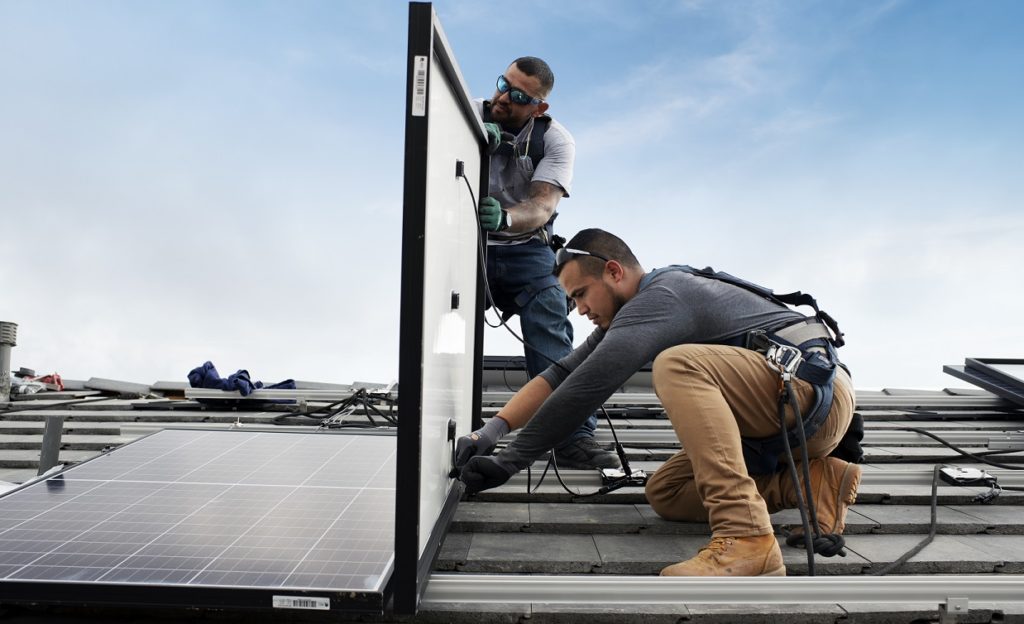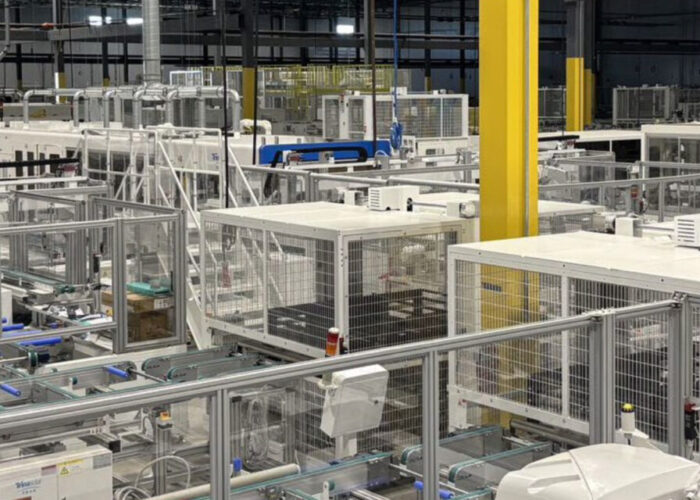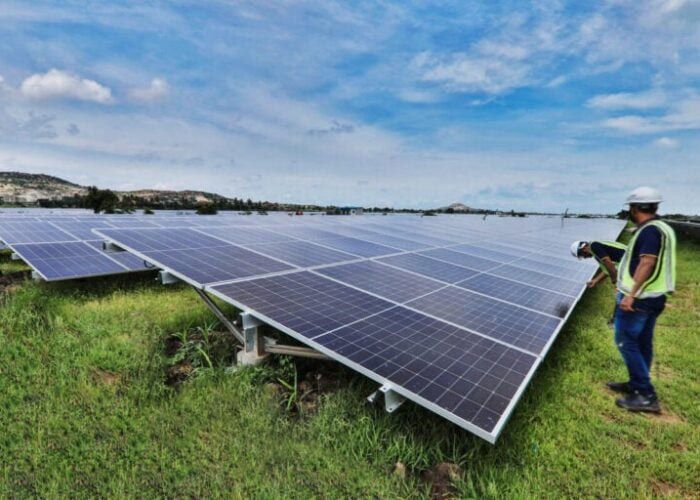
Solar adoption platform OpenSolar has launched a new model aimed at helping US solar installers reduce the cost of a system by 50% and in the process reverse the decline of the US rooftop PV market.
Launched last week, the OpenSolar model details how US installers can cut their costs and continue operating without subsidies, drawing on best practice from markets where costs are much lower.
Try Premium for just $1
- Full premium access for the first month at only $1
- Converts to an annual rate after 30 days unless cancelled
- Cancel anytime during the trial period
Premium Benefits
- Expert industry analysis and interviews
- Digital access to PV Tech Power journal
- Exclusive event discounts
Or get the full Premium subscription right away
Or continue reading this article for free
The US residential solar market has been struggling in recent years, with changes to California’s net metering programme driving a sharp decline in 2024.
The sector is now under even greater pressure after Donald Trump’s tax reconciliation bill, signed into law earlier this month, scrapped the 30% investment tax credit for rooftop systems.
OpenSolar CEO and co-founder Andrew Birch said: “Everyone’s asking what happens when the ITC goes away. The better question is: what if we can stop relying on it?”
Speaking to PV Tech, Birch said the “fundamental truth misunderstood by everyone in the market” is that solar costs twice as much in the US as it does everywhere else in the world.
“With a battery, you’re looking at US$5 a watt for a residential solar system [in the US]; in the UK, you pay half that.
“If I decide to go solar with a UK installer today, I could get one installed on Friday, and the cost would be US$14-15,000 equivalent. If I do that in the US, I will go through somewhere between a two-to-six-month process of permitting, with multiple site visits, full documentation, paperwork… There are 16,000 jurisdictions in the US, each has its own planning process, so you have this incredibly laborious and expensive process to install the solar. The net result is US$5 a watt. It’s US$2 a watt in Australia.”
The model is designed to demonstrate how, even without subsidies, residential solar can be scaled affordably and profitably through operational and permitting reform.
The model compares US solar installation costs to those in other global markets, such as Australia, breaking down line by line where US installers are overspending and how those costs can be cut.
It draws on live installer cost data from the US and Australia and international best practices from OpenSolar’s installer network, simulating how digitising design, sales and project management via OpenSolar and automating permitting through the SolarAPP+ platform can drive down costs and improve margins.
Birch said the opportunity was to use best practice from overseas to automate permitting and get costs down to around the US$2.50/watt mark. “At that level, you can offer a customer a 30% savings without any tax credit or net metering. And really importantly… you no longer have this sword hanging over you from ITC risk or net metering risk.”






